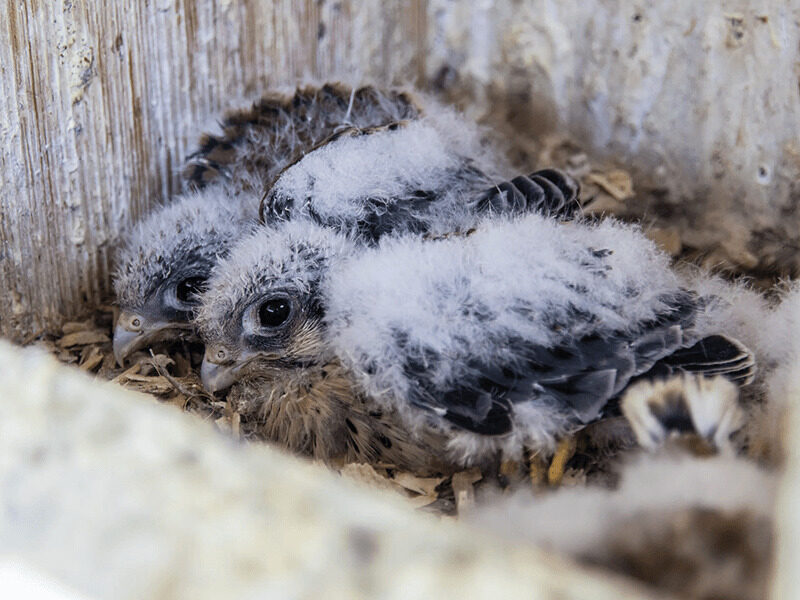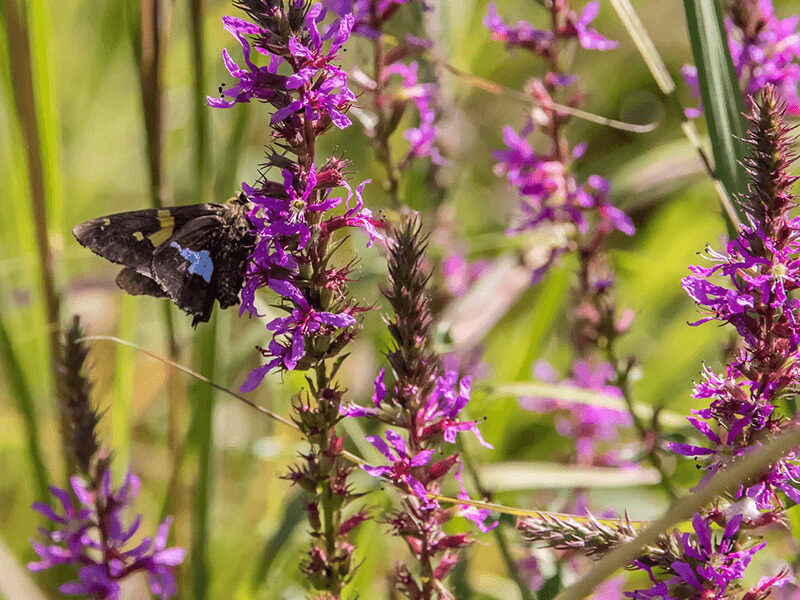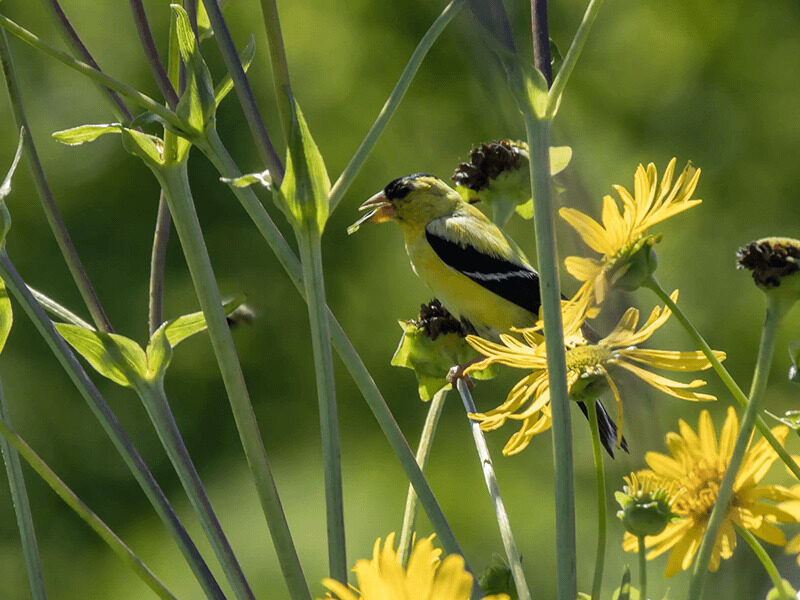A Light-Handed Approach to Wildlife up Close
As we enjoy the last month of summer and the cooler temperatures of fall, the MHS campus is buzzing with activity. Close encounters with wildlife are inevitable as we spend more time outside recreating.
The MHS Environmental Center staff receives many calls with questions about what to do when someone finds a nest, a baby animal, or a wildlife species. To safely and respectfully engage with nature in positive ways, we addressed some common statements and concerns about wildlife:
“My student picked up a baby bird. Now the bird’s parents will reject it because of human scent.”
Contrary to popular belief, most birds can’t smell at all—you will not be harming the baby by putting it back. Even with small mammals, babies will most likely be recovered by the parents and their chances of survival are much better in the wild than with us. A wild animal would rather be in the wild anyway.

“It will get lost if we don’t do something.”
If you love baby animals, you should let them be. Even though they may seem helpless, wild animal parents usually have things under control. If you find a baby animal crying for an adult, it’s likely the adult will come for the baby and either take it home or continue to feed it.
If a student has picked up a baby animal, do your best to find the location of the nest and return it—or at least to the nearest location with some form of cover close to where it was found.
“We don’t like to see things suffer.”
No one likes to see things suffer. But remember that everything in nature is part of a cycle, and it isn’t always pretty. Sometimes parents purposefully kick young out of the nest to help remove bad genes or defects from the local population.
Unless a baby animal is raised by experienced wildlife rehabilitators, baby animals raised by humans often have nutrient imbalances and become imprinted—a dangerous condition in which they lose natural wariness of humans and predators. Our well-intentioned rescue missions interrupt an important natural process, consume our time and resources, and too often are unsuccessful at saving the animal.
“But it’s just a cute little baby animal…”
Baby animals may be cute, but it doesn’t mean there is no risk involved. They can carry bacteria and diseases like any other wild animal, which is why MHS will not take in wild animals at the animal centers on campus. They could contaminate our domestic stock of animals and endanger students.
Babies may also cause harm through biting and scratching. Depending on the species, an aggressive and defensive parent can attack people to protect their young as well. Handling of any wildlife is not recommended, and if it does happen, it should be done very carefully under the direction of experienced animal handlers.
“There’s a nest with babies around our home.”
Enjoy it and learn from it! Observe the animals at a distance, take pictures, name them, and keep a journal of their daily activities. But give them their space. Take advantage of this learning opportunity—the childlike excitement of seeing wildlife can inspire a student to care about nature for the rest of his or her life. Don’t underestimate the potential for something as simple as watching a mother bird on her nest to have a profound impact on a child’s life.
This light-handed method of engaging with nature teaches respect and fosters an inquisitive attitude toward our natural world, which we seek to preserve for these children and generations to come.



